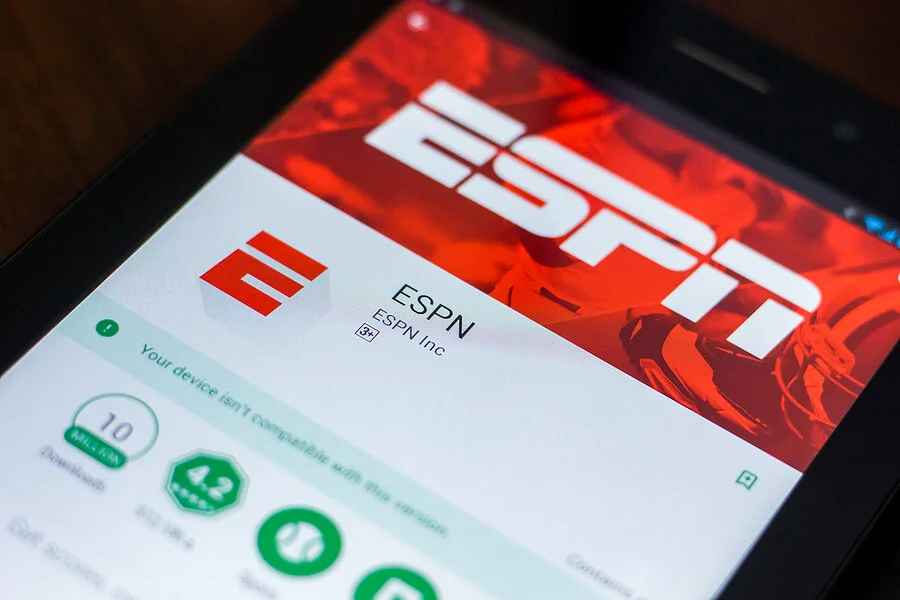Written by Monique Cadle and Fran Benjamin, Good Works Consulting
Have you heard about the Maria Taylor and Rachel Nichols ESPN controversy? In a leaked discussion, ESPN reporter Rachel Nichols recently made headline news as she accused the network of providing a hosting opportunity to another woman based on race.
Maria Taylor, an African American woman, had been selected as a host of NBA Countdown, which Nichols, who is white believed she should have been hired for. Now, Maria Taylor has announced that she won’t be extending her contract, which many presume to be due to the controversy.
While this story is new to the two women involved, we’ve seen this story before. Here’s how it goes: the seats at the table are disproportionately occupied by one or two groups (majority white men in this case). When individuals outside that majority group get an opportunity to occupy one seat at the table, the out-group fights for the one seat.
A simple internet search will demonstrate that the population of leaders and commentators at ESPN reflects an issue we commonly see in positions of power. Most of the seats are filled by men, and overwhelmingly white men. The same story continues to prevail in entertainment, business, and politics. What struck us most was that most of the news coverage is focused on implications of Nichols’ rhetoric, when it’s more important to make note of the environment in which her comments were made.
So while in fact, Ms. Nichols was wrong in directing her anger towards Maria Taylor, the real issue that she failed to address is why men continue to be overrepresented.
We’ve seen direct examples of this happening in other areas of business, including both board seats and venture capital where white women were directly told that they were not eligible for opportunities because those seats or funds were set aside for someone black.`
These examples demonstrate the continued denial of white male overrepresentation and the fact that rather than share power, marginalized groups are gaslit into believing they should compete with each other for those limited opportunities.
Speaking truth to power is difficult. But to create real systemic change, we need to find the bravery to join together against pervasive cis-hetero white male dominance instead of going to battle with other marginalized communities.
Both the news and entertainment world overall hold few opportunities for women in top seats, especially for women of color, which is why we continue to see stories like this where these organizations are essentially accused of switching one woman for another and causing competitiveness amongst women vying for these rare opportunities.
A review of 100 major global news outlets found only 18% of the top editors were non-white while 41% of the population within the 5 countries represented in the study were non-white.
In 2019, a review of Hollywood films found that for every woman featured with a speaking role, there were two men.
As DEI consultants, it’s our job to walk into corporations and help them seek out ways to help the workplace reflect the demographics of the populations they serve and help them rectify the historical inequities that corporations have perpetuated. However, the challenge we face is encountering leaders who don’t realize they’ve been asking the wrong questions.
In Fortune 500, white men still hold 72% of leadership roles, and 61% of board seats but companies continue to scratch their heads as to why 30% of the country’s population continues to hold most of the highest earning and most powerful positions. They pose the question, “how can we become more diverse,” when the real question is “why do we keep placing white men into these roles?”
The purpose of this conversation is in no way intended to be a validation of Ms. Nichols comments, but rather to bring to light the missing piece in the public conversation surrounding this issue. We’re talking about this issue without actually calling out the problem.
Until we become brave enough to truly ask this question and face it head on, we’ll continue to see these moments where we talk about symptoms without exploring the cause.
When we begin to address this head-on, we can give way to corporate structure changes that will allow us to rewire how our thinking and behaviors are done in order to become allies who work together dismantling the systems that are negatively impacting equality.
Actions that can transform the workplace include:
For white male allies, instead of mentoring, sponsor someone who is different from you. Sponsorship requires that you put your own neck out on behalf of someone else’s career and then get out of the way for them to thrive. Pound the table. Mentorship can sometimes meander into the problematic territory of attempting to save another person with your wisdom and advice while nothing materially changes.
Plan for succession with a lens for equitable representation in your organization. Looking at the next level within your organization, do your deputies look, act, and think just like you? If so, consider bringing in folks that challenge and augment your own capabilities and way of being in the world. Then, consider earnestly what is next for your career and how you can spend your organizational capital to make space for underrepresented people to step into your role.
Create non-traditional organizational structures in your team such as partnership models, hybrid roles, and co-leadership. This is part of the process of sharing power, which changes existing systems to allow new populations to lead.
Practicing empathy and curiosity to understand the experience of non-dominant groups. Become a constant learner and observer of the processes of marginalization and oppression, and then as they say at the airports, “see something? Say something.” For example, had male leaders at ESPN practiced this skill they may have recognized an issue before it came up and been able to speak up so underrepresented groups wouldn’t have to, for a change.
There are a number of ways to begin implementing steps that will reduce competition, creating an environment where different groups align with each other.
Ultimately, our hope is that we start to see the questions not being asked. Rather than analyzing Nichols and Taylors’ perspectives, ask what systemic issues are being masked by the hype of the situation? How can we collectively create change such that we are rectifying the dearth of opportunity and access provided for black, indigenous, people of color, women, queer folks and so many others globally?


